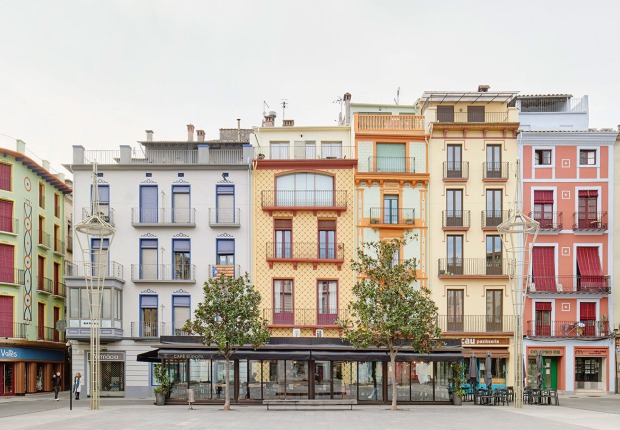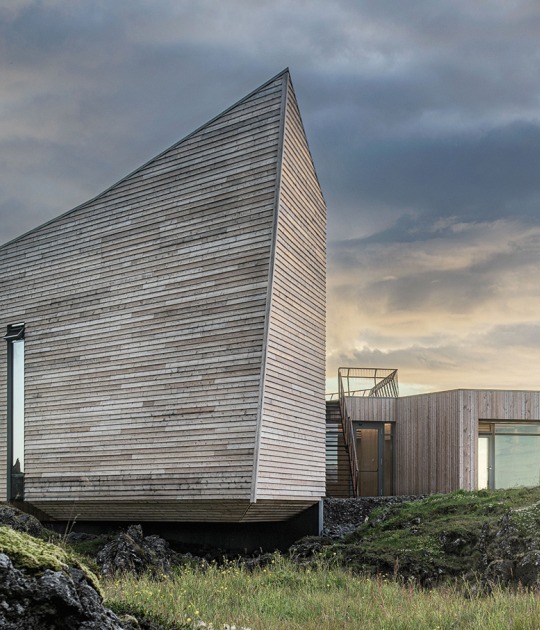The jury, chaired by Japanese-born architect Toshiko Mori, emphasized its focus on up-and-coming young architects for the Alvar Aalto Medal's 50th anniversary year and expressed four criteria: creativity in the architecture, sustainable development in its execution, excellence of design and the ability to place the architecture in a frame of reference that honors Aalto’s legacy.
The international Alvar Aalto Medal jury consisted,
Tina Saaby has been Copenhagen’s Chief City Architect since 2010, and she has an extensive history of planning experience as head of Witraz Architects. She additionally chairs the advisory board of the Royal Academy of Arts.
Asmo Jaaksi is a founding member of JKMM Architects. Over the past 20 years, JKMM has notched up a formidable list of awards and nominations. Jaaksi is currently supervising the construction of the new Amos Rex Art Museum adjoining Helsinki’s Glass Palace.
Vesa Oiva ranks among Finland’s most accomplished architects of the younger generation. He is the founder of Anttinen Oiva Architects, a practice that has gained recognition for its expressive and user-friendly architecture, particularly through architectural competitions.
Alvar Aalto Medal, carrying the name of the beloved architect and designed by Aalto himself, was founded in 1967 in order to honor creative architectural work. The medal can be given to live persons who have gained merit in the field of creative architecture in a very significant way.




















































